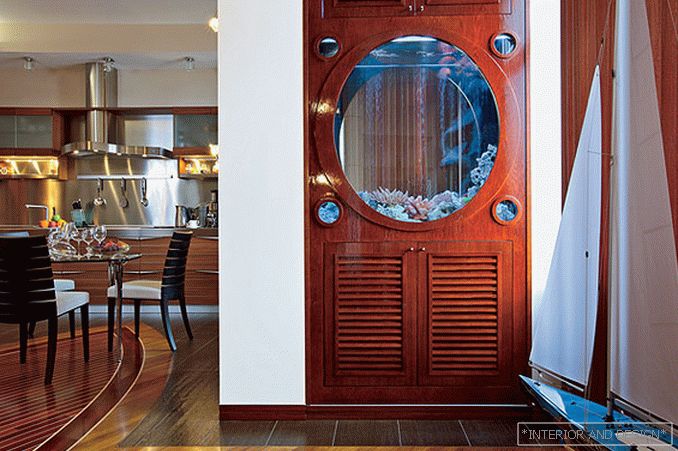Private house in Spain
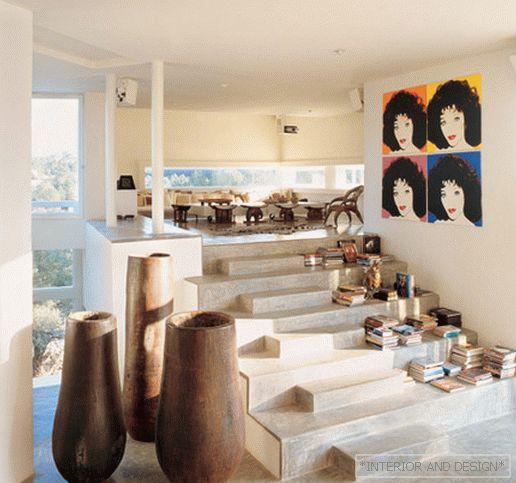
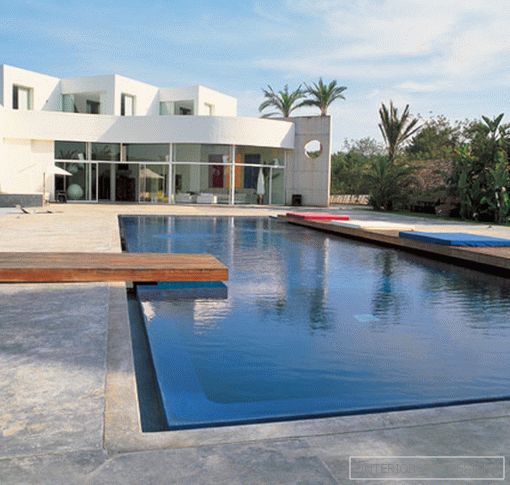
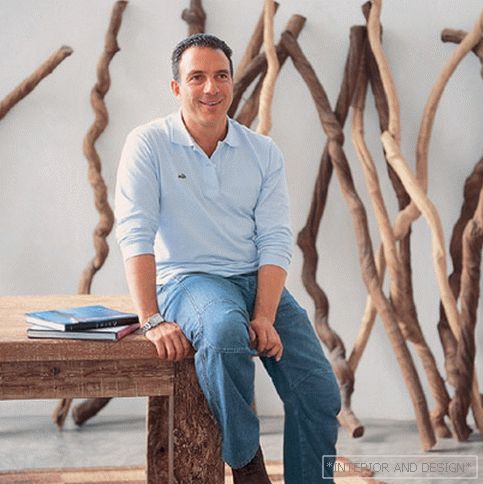
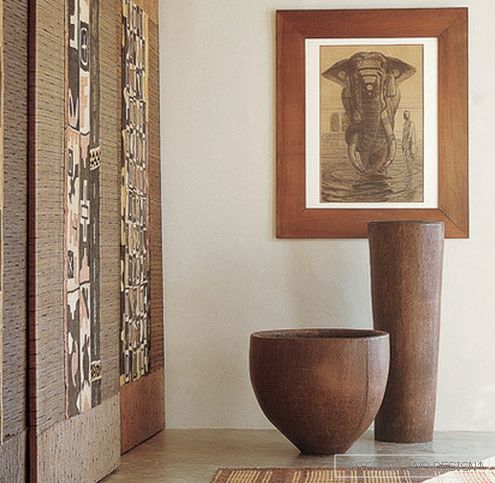
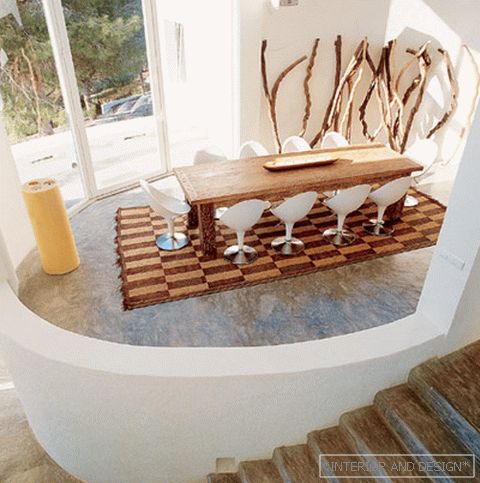

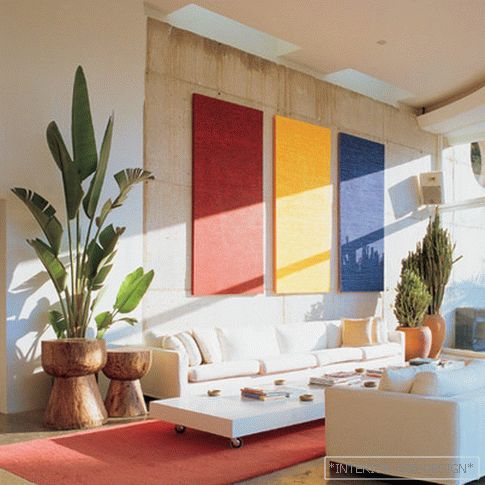
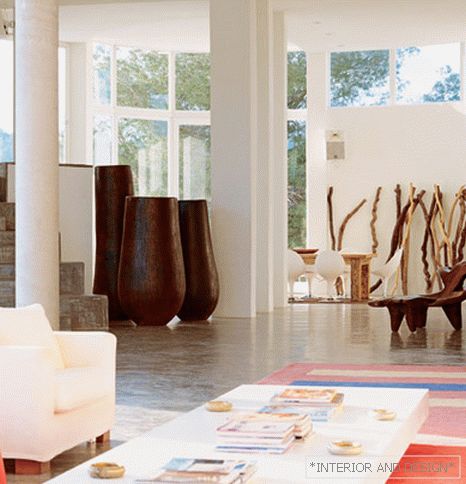
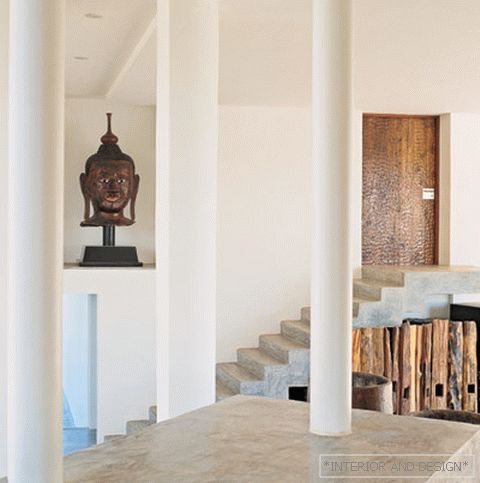
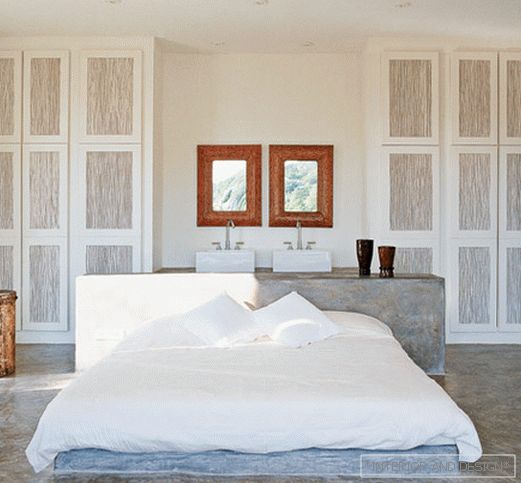
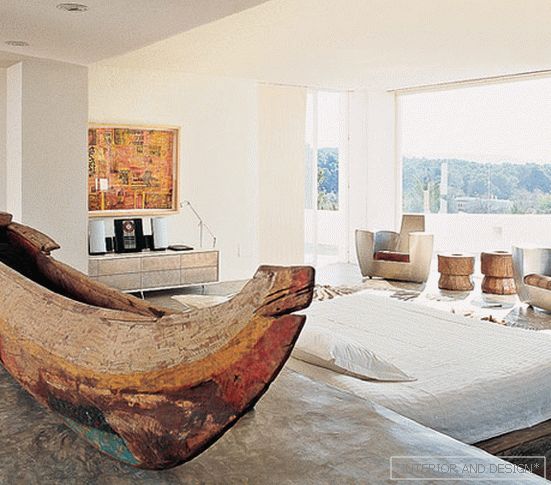
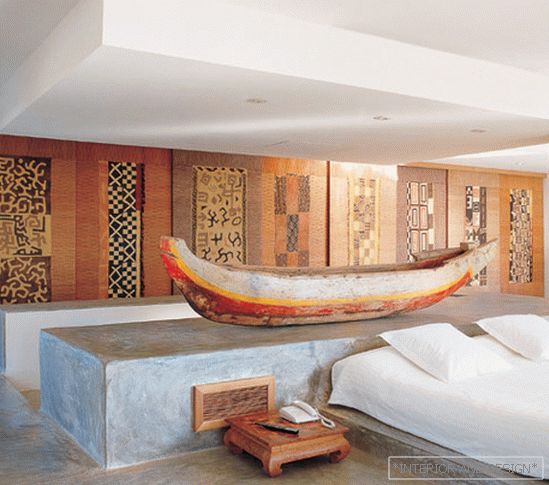
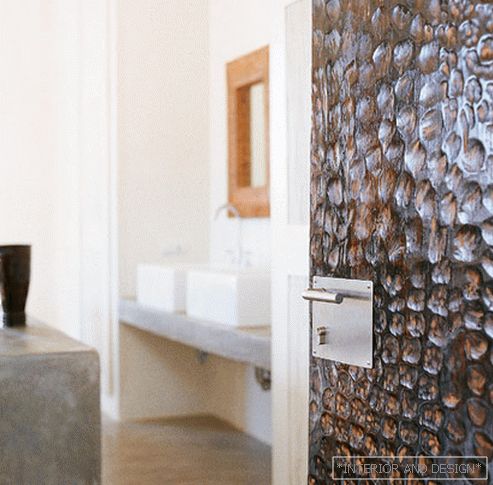
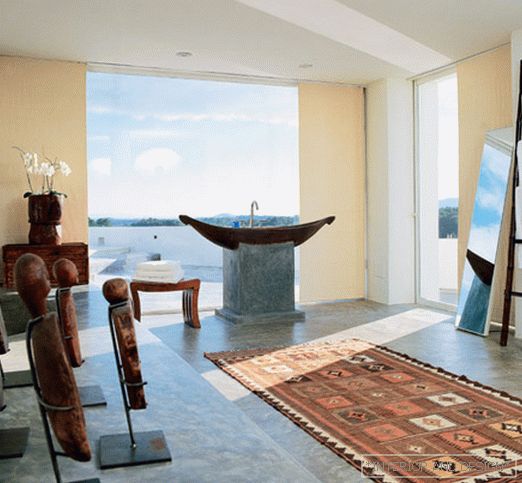
 Passing the gallery
Passing the gallery Materials: - (c) Andreas Von Einsiedel
Text: Marina Volkova
Magazine: N6 (106) 2006
Now it is difficult to imagine that this house on the northwest coast of the world famous Spanish resort did not find its owner for nine years. He demanded serious renovation, which not every architect will undertake to carry out. The brave man who wanted to test his strength was the Parisian Bruno Reymond. As a fashion designer, he decided to try himself in a new capacity and engaged in architectural construction. Villa Gan Gadja is the second private housing project implemented by Bruno. The master built his first house on the island in the late 90s. Around this time, he worked on the L’Éléphant restaurant. Cozy, exquisitely decorated place immediately became popular in Ibiza. Later, selling a restaurant, Bruno opened a boutique with a similar name - La Maison de L’Éléphant. It sells ethnic items that Bruno himself brings from his travels to Indonesia, China, and the Philippines. He admits: "I buy in different parts of the world, and then sell everything in my boutique that I really like." With his favorite things, he decorated the interior of his new villa. Gan Gadja is not only his new author's project, but also his new home. He liked the house so much that Bruno decided to finally part with his native Paris and settle in Ibiza.
The designer says that initially the interior had a lot of golden color and mosaic. And he admits that such an entourage did not suit him at all. As a result, he did not leave a stone unturned from the original version. Now the whole interior is designed in bright colors. In contrast, some elements of the decor are made of dark wood. Gray cement floors combine all the rooms of the house. The texture of the floor imitates natural stone. Throughout the house there are white plastered walls, except for the bedroom, where bright painted panels are used. In several places, especially on the ground floor, in particular in the dining and lounge area, a complete glazing was made. High and wide windows to the floor create the feeling of a glass wall.
The style of the villa is close to minimalism. True, this is not just minimalism, but minimalism with an ethnic slant. The interior is characterized by simple colors, concise forms, natural materials. The designer liked massive monolithic furniture of geometric shapes. Stone and wooden vases, mats, ethnic sculptures became important decorative elements. In the living room and on the stairs leading upstairs, used "natural" decor: the roots and branches of trees, small logs. Interesting details of the interior design are a boat, hollowed out of a solid tree trunk, and a wooden bench of polished shape that is polished to a shine, which is also made of a solid trunk. The house has a lot of indoor plants of impressive size - it is mainly ficus. They stand in simple, even a few brutal stone and metal pots.
Bruno admits that in a place like Ibiza, it is difficult to contemplate. Here they love noisy incendiary parties. In his fun activities Bruno uses an outdoor terrace with a swimming pool, which is adjacent to the house. Perhaps one of these events made Bruno think of recording his own CD-ROM, the music from which is often heard on the local radio.
For Bruno, the elephant became a kind of talisman after the success of his restaurant L’Éléphant (in French, "the elephant"). That is why he called his new home Gan Gadja, which means “Elephant Gajah” in Indian.


